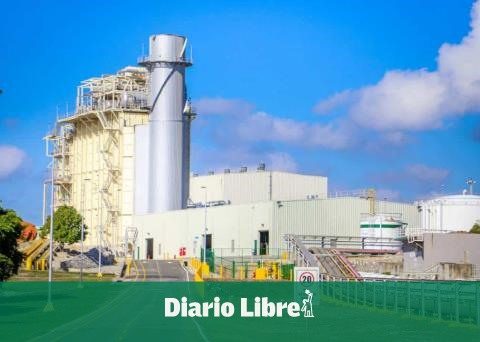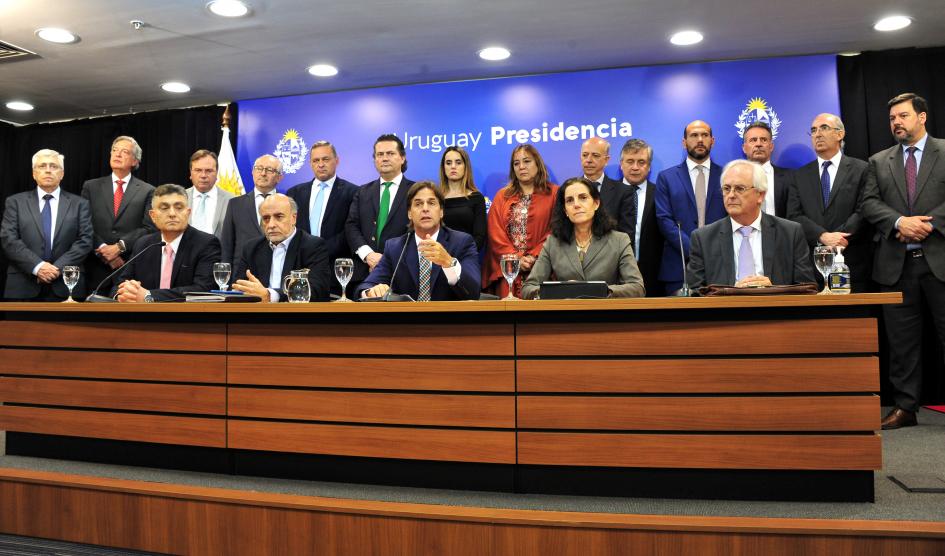The COVID-19 pandemic, which began in March 2020, impacted different sectors, including the Marine transportarriving to shoot up freight costs from China to the Dominican Republic from $2,500 (before the coronavirus) to more than $20,000. But the amounts They have gone down.
“We’re seeing reductions from Asia. They still haven’t reached 2019 rates, and I don’t know if they will, but at least they are considerably lower than those paid in 2020, 2021 and even early 2022,” José Antonio Álvarez, president of the National Association of Importers, said yesterday.
Given the concern of businessmen because towards other countries the prices of freight rates have been going down more than to the Dominican Republic, he pointed out: “We have always paid more than what the United States or Europe pays for freight from Asia”.
“I guess that’s why our rates go down with less speed than for those markets,” he added.
The presidents of the Dominican Federation of Merchants, Iván García, and of the Dominican Confederation of Micro, Small and Medium Enterprises, Luis Miura, reported to Free Journal that bring before one container from China was around 21,000 dollars and now it is located for 7,500 dollars, for a reduction that exceeds the 60%.
“From China it used to cost $20,500now $7,500and in 2023 it is planned to drop to 4,500 dollars, “Garcia estimated.
Told you bring a load from Spain before it cost 14,000 euros, but now it is around 6,500 euros.
The trigger for the rise
The pandemic produced clogging in maritime trade in many parts of the world, and in the last two years there has been an international debate about the rises in freightraising a alert in the productive sectors of the country due to the impact on production costs.
Dominican Republic is net importer from a large number of raw materials, so their costs are passed on to consumption.
The Central Bank reported that the year-on-year inflation (September 2021 to September 2022) had a descending trajectorystanding at 8.63% in September, for a reduction of 100 basis points compared to the peak of 9.64% registered in April.
highlighted a moderation in the international prices of inputs such as oil and food, combined with minors costs of containers.
What does it matter?
According to data from the General Directorate of Customs, total imports for January-September 2022, they amounted to 23,386.23 million dollars, representing a 34.78% increasein relation to the same period of 2021.
seeing the non-oil importsthe reported growth was 23.87%going from 14,685.54 million dollars in January-September 2021 to 18,190.89 million dollars in the same period of 2022.
According to Customs, of the total imports, 44.84% corresponds to consumer goods41.55% to raw materials and the remaining 13.61% to capital goods.
The consumer goods presented a growth of 27.88%while raw materials and capital goods grew 45.77 and 28.08%, respectively.


















